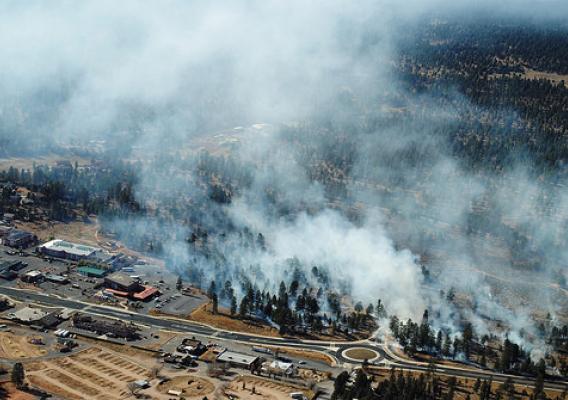The loss of property and firefighters during wildfires are a reminder of the challenges we face in reducing the risks associated with large, unpredictable wildfires. Climate change, drought, insect infestations, changing land-use patterns, and other factors have contributed to increases in the complexity and in the numbers of wildfires across the United States.
Over the past four decades, some states such as Arizona and Idaho have seen the number of large fires burning each year more than triple. In many other western states, including California, Colorado, New Mexico, Nevada, and Wyoming, the number of large fires has doubled, according to a report by Climate Central. Average spring and summer temperatures across 11 Western states have increased by more than 1.5 degrees Fahrenheit, contributing to higher wildfire risks. In Arizona, spring temperatures have warmed faster than any other state in the U.S., rising nearly 1 degree per decade since 1970, which likely played a role in the increasing number of fires in the state.










